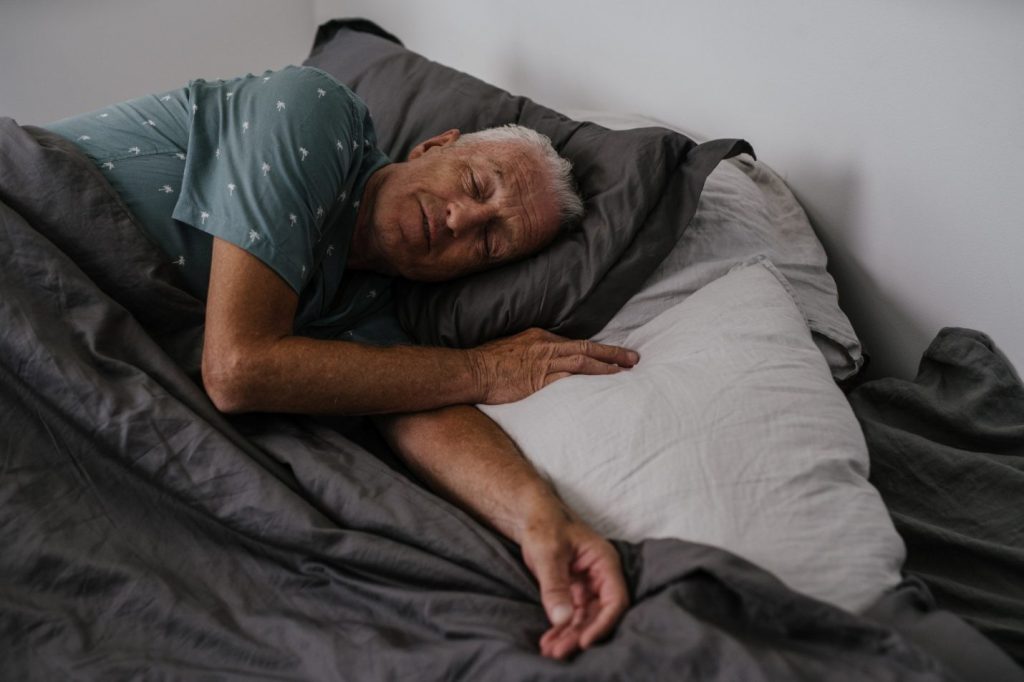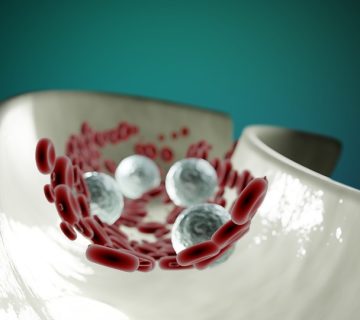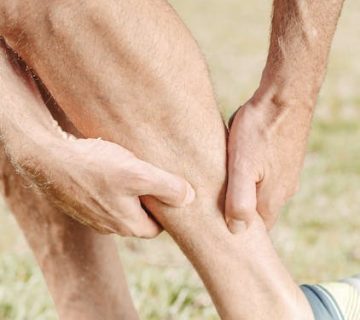Prostate artery embolization (PAE) is an increasingly popular treatment option for men with enlarged prostate glands. This minimally invasive procedure involves the blocking of arteries supplying blood to the prostate, reducing its size, and relieving symptoms like urinary retention and pain.
Read more: How to Prepare for Prostate Artery Embolization TreatmentHere’s what you need to know about preparing for your PAE treatment.
Consult Your Vascular Specialist
Before undergoing any medical procedure, it’s important to consult your doctor first. During this initial consultation, your doctor should explain how PAE works, its potential risks and complications, and the expected outcomes of the procedure. They should also discuss alternative treatments and answer any questions that you may have about PAE or other treatments. They should also review your medical history and current medications with you.
In addition, if you’re using blood thinners, you must inform your doctor about it, as it can significantly impact the procedure you’re about to undergo.
Prepare For The Procedure
Once you’ve decided to move forward with PAE, there are a few steps that you can take to prepare for the procedure.
First, make sure that you arrange transportation home after the procedure is complete—you won’t be able to drive yourself due to sedation or anesthesia used during the procedure. It’s also important that someone is available to stay with you overnight after your surgery in case of any issues or if you need additional help in the first 24 hours post-procedure.
Additionally, vascular surgeons recommend that you stop taking certain medications before undergoing PAE—be sure to discuss this step with your doctor and any dietary restrictions they advise following before treatment. You’ll also have to stop consuming solid food 6 hours before the procedure. You’ll be allowed to drink clear fluids, but you’ll have to stop that 4 hours before the procedure.

Understand Post-Procedure Care
There are some essential things that you’ll want to keep in mind when it comes to post-procedure care. You can expect some mild discomfort for up to two days following treatment. However, most people experience relief from symptoms like urinary retention within just 24 hours after their procedure has been completed.
Your vascular surgeon will likely give specific instructions regarding activity levels; typically, patients are advised not to lift anything heavier than 15 pounds for a few days after completing their treatment.
Visit A Vascular Specialist In Elgin Today
If you’re experiencing any symptoms of an enlarged prostate, consider consulting with one of our vascular specialists at RJIR Vascular & Oncology. We offer prostate artery embolization to treat the symptoms caused by benign prostatic hyperplasia (BPH). All our treatment options are minimally invasive, and we use digital imaging to guide us through the procedure.
In addition to PAE, we also offer treatment for knee pain, leg cramps, varicose veins, and much more.
Schedule a consultation with us today.





